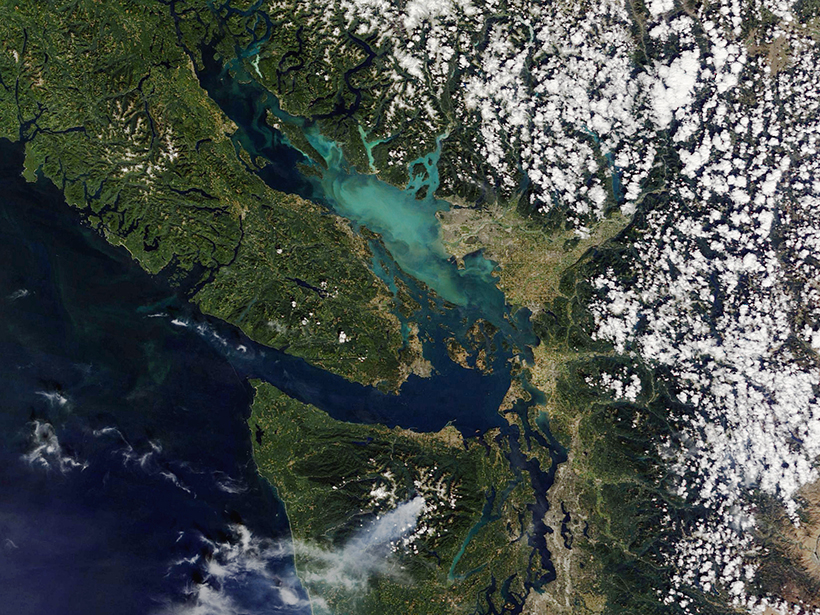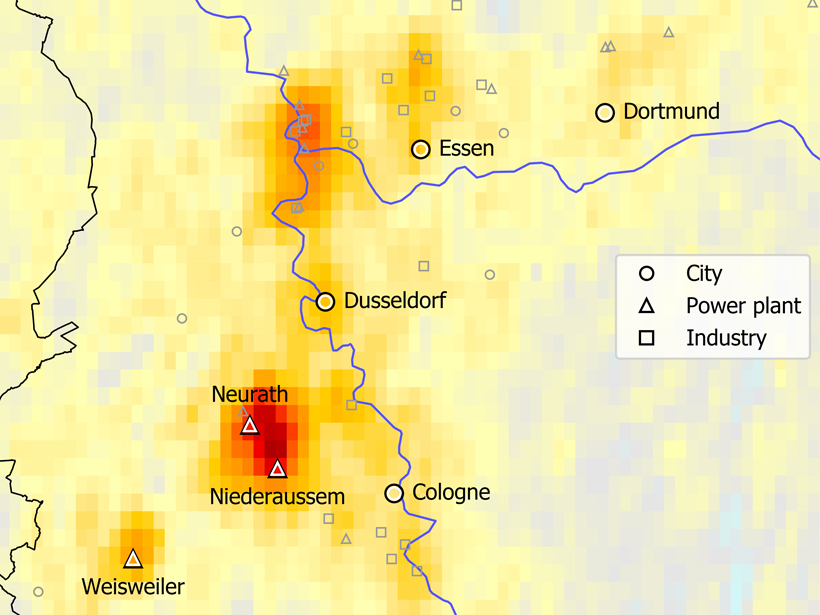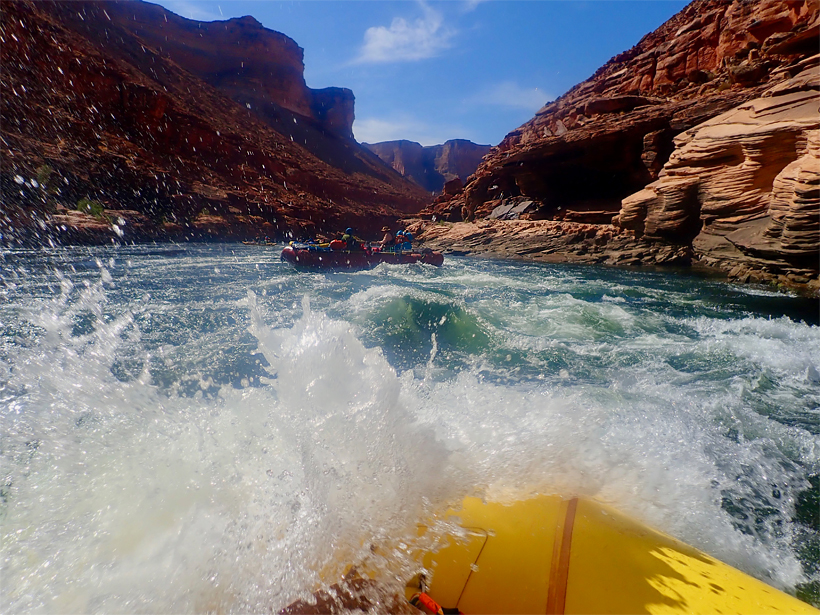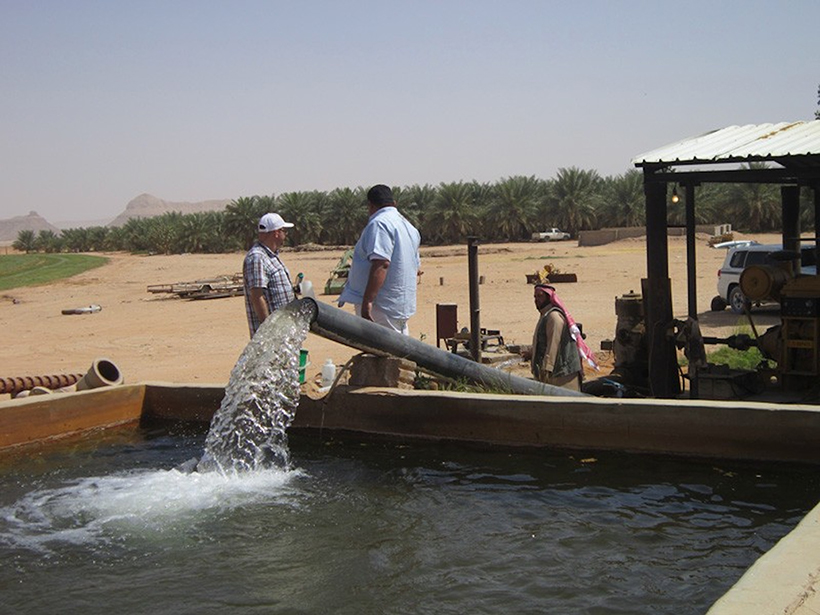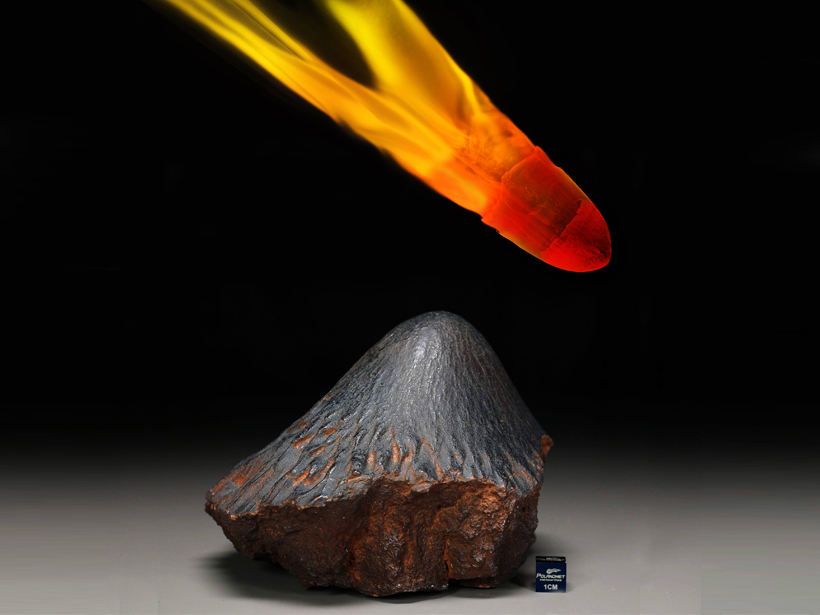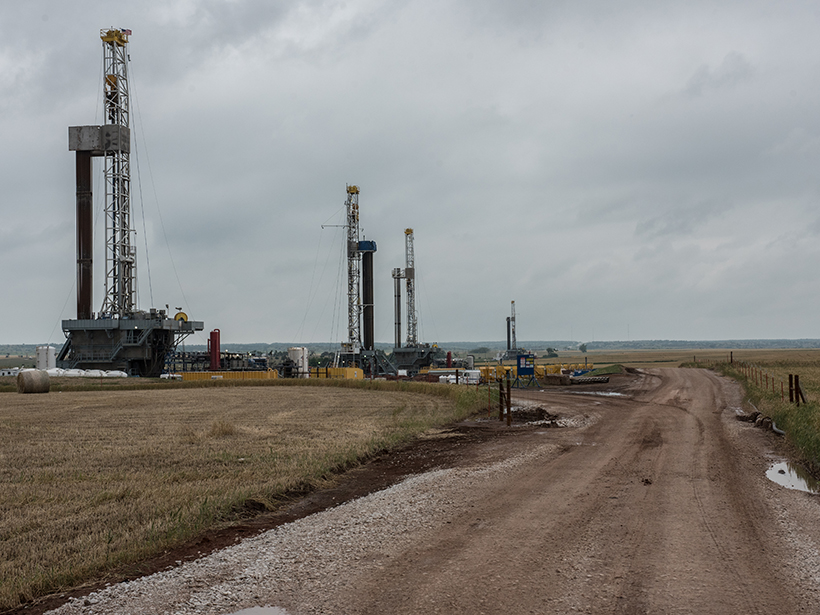Twenty-five years’ worth of data allows scientists to suss out subtle signals deep in subduction zones.
Mary Caperton Morton
Mary Caperton Morton is a freelance science and travel writer specializing in geophysics, hydrology, and mountaineering. Her book, Aerial Geology: A High Altitude Tour of North America’s Spectacular Volcanoes, Canyons, Glaciers, Lakes, Craters and Peaks, was published by Timber Press in 2017. In her 13 years as a seasonally nomadic freelancer, she has hiked in all 50 states; climbed hundreds of mountains; and written for numerous publications including Eos, Earth, Science News, The Last Word on Nothing, and her blog, Travels with the Blonde Coyote. When she’s not at the keyboard, she’s outside, exploring the Sierras from her home base in the foothills of Sequoia National Forest in California.
Megadrought Helped Topple the Assyrian Empire
Paleoclimate records shed light on the ancient civilization’s meteoric rise and catastrophic collapse.
Pinpointing Emission Sources from Space
Satellite data combined with wind models bring scientists one step closer to being able to monitor air pollution from space.
The Eternal Nile Is Even More Ancient Than We Thought
Deep-mantle flow helps maintain the river’s steady course.
Will Earth’s Grandest Canyon Keep Getting Grander?
Living in Geologic Time: Rafting through the past, present, and future of the Colorado River and the Grand Canyon.
Arid Arabian Peninsula Is Tapping into Vast Groundwater Reserves
A new, multipronged study sheds light on an ancient aquifer system.
Massive Collision Cracked Young Jupiter’s Core
The gas giant’s interior reveals evidence of an ancient impact.
Finding Faces in Hailstorms
Machine learning technology helps scientists recognize severe weather patterns.
Goldilocks Meteors Carved into Cones
Their “just right” shape lends some shooting stars flight stability and symmetry.
Sinking Wastewater Triggers Deeper, Stronger Earthquakes
The effects of pumping wastewater from oil and gas extractions may last a decade or more after the injections stop.

